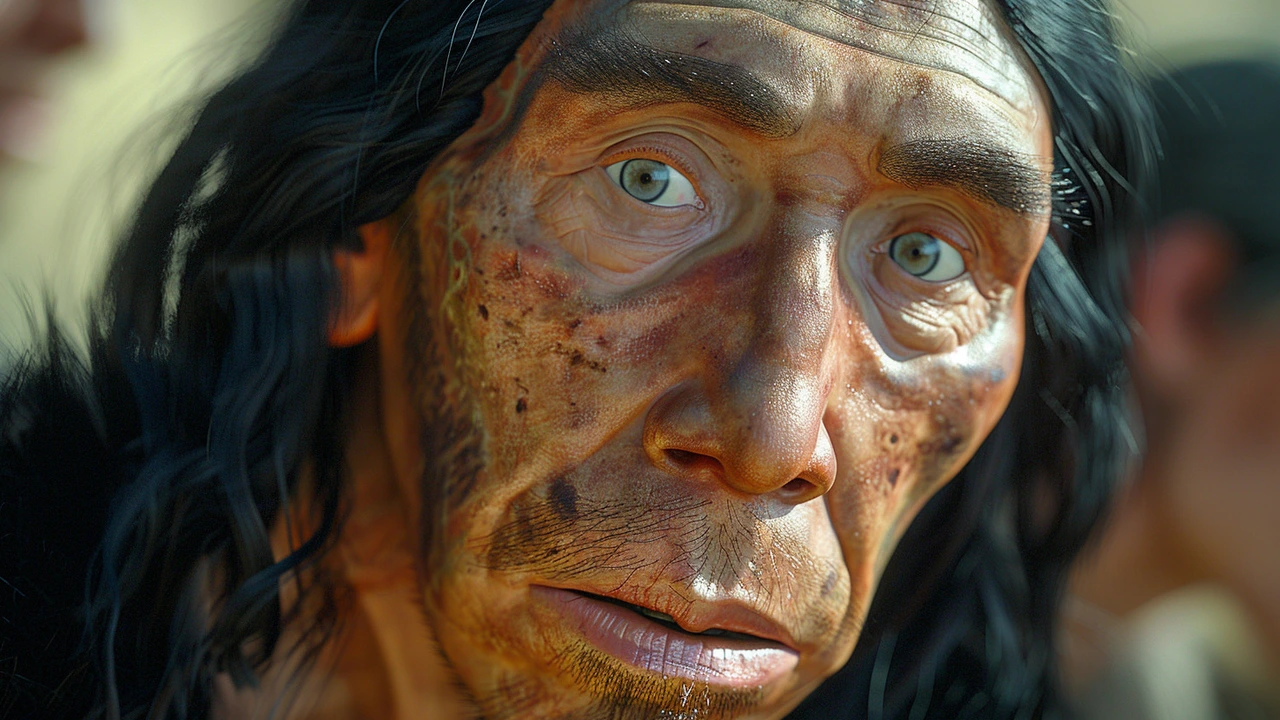Reviving History: 3D Reconstruction of a Neanderthal Woman's Face from Iraqi Kurdistan's Shanidar Cave

Deep within the rugged terrains of Iraqi Kurdistan lies Shanidar Cave, a site that has once again captivated the scientific community with its prehistoric secrets. In an ambitious 2018 excavation, paleoarchaeologists unearthed over 200 fragmented pieces of a skull that belonged to a Neanderthal woman, now dubbed Shanidar Z. This 75,000-year-old discovery was meticulously pieced together by a team led by Adrie and Alfons Kennis, in collaboration with Emma Pomeroy from the University of Cambridge.
The Meticulous Reconstruction Process
The delicate process of reconstructing Shanidar Z involved several advanced techniques. Initially, each of the skull's 200 pieces was carefully reassembled by hand, a painstaking task that required both patience and precision. With the physical reconstruction complete, the team utilized 3D scanning technology to create a digital model of the skull. This digital model was later used to 3D print a full-scale replica, providing a tangible glimpse into the past.
After the successful printing of the skull, the scientists embarked on an even more challenging task: recreating the muscle and skin layers that once enveloped Shanidar Z's bony structure. Utilizing advanced biomechanical data and paleoanthropological research, the team was able to sculpt a face that remarkably resembles that of modern humans. This similarity provides compelling evidence supporting theories of interbreeding between Neanderthals and modern humans.
The Significance of Shanidar Cave
Shanidar Cave has been a focal point of Neanderthal research for decades. Archaeological expeditions in the 1950s first placed this site on the scientific map, with several notable discoveries, including multiple Neanderthal burials. These findings have provided invaluable insights into Neanderthal culture, particularly their burial rituals and the care they provided to the disabled and elderly within their communities.
The latest findings from Shanidar Z further emphasize the cave's importance in understanding our closest ancient relatives. The reconstruction not only sheds light on the physical appearance of Neanderthals but also bridges the gap in our understanding of their biological and social evolution.
Technological Advances in Paleoanthropology
The use of technology such as 3D scanning and printing in paleoanthropology represents a significant leap forward in how scientists study ancient populations. These tools allow for more precise reconstructions and simulations, providing insights that are otherwise lost to time. For instance, the detailed analysis of tooth enamel proteins to determine the sex of Shanidar Z showcases the molecular precision that current technology can achieve.
These technological advancements also enhance our ability to preserve and share knowledge. 3D models of significant archaeological finds can be shared across the globe, providing educational material that is accessible to both scholars and the general public.
Broader Implications of the Find
The similarities between the facial reconstruction of Shanidar Z and modern humans have profound implications for our understanding of human evolution. These findings support the hypothesis that there was gene flow between Neanderthals and modern humans, which may have played a crucial role in shaping the genetic diversity observed in contemporary populations.
Moreover, this reconstruction allows us to humanize Neanderthals, viewing them not as primitive relics but as ancestors whose lives and struggles were intrinsically linked with our own. The face of Shanidar Z challenges preconceived notions about Neanderthals, highlighting their similarities with us rather than just their differences.
Concluding Thoughts
The face of Shanidar Z is a testament to the enduring curiosity of the human spirit to understand where we come from. It bridges centuries of evolution, connecting us to a past that is not as distant as it once seemed. In every sense, this reconstruction is not just a scientific achievement but a profound reminder of our shared humanity with the long-gone Neanderthals.

Write a comment